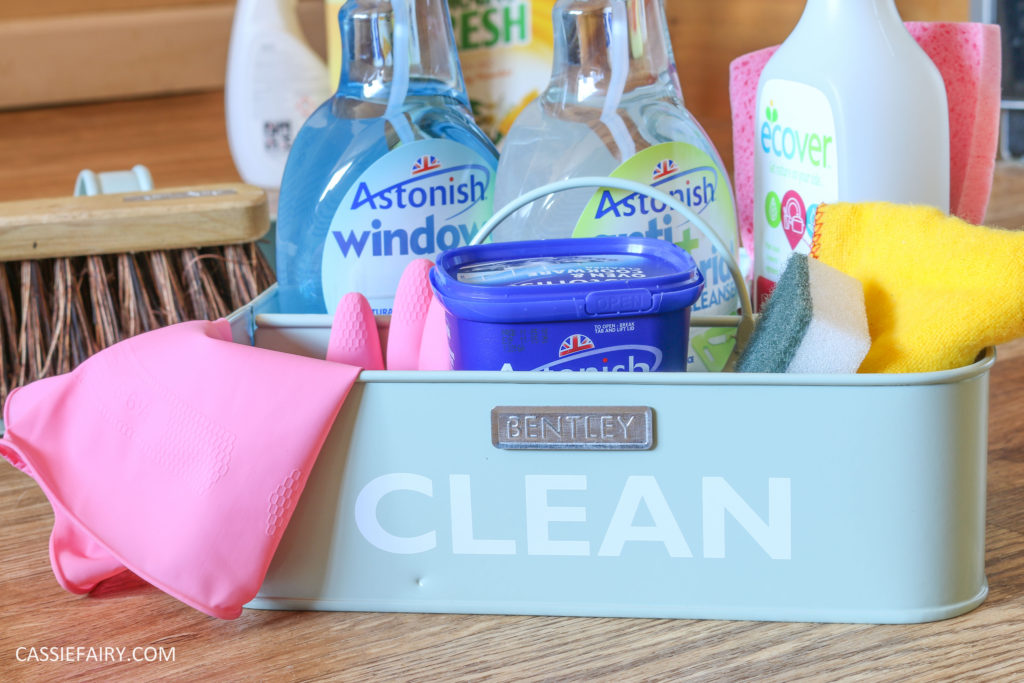
When children start at their first primary school, or when they move up to high school, it’s a key time in their education. Not only are they meeting new friends, getting to know their teachers and learning the processes and rules that the school follows but that new start is going to make a huge impact on their education as a whole.
That’s the reason why families choose to visit multiple schools and opt to send their youngsters to the institution that the child is most comfortable with – and the one that will be able to offer the best education. And sometimes that school isn’t necessarily in the area you currently live.
But don’t fret – there are things you can do to ensure your child gets into the school of their choice. Plus, there are ways to make the transition to the new school as easy as possible. Both of which may involve moving house and, crucially, doing it at the right time.
So, if you want to move into a new catchment area, where are some things you should consider

School catchments
I always thought that catchment maps were fixed, and were based on the immediate area around a school, or the availability of a transport route from the catchment area to the school. However, catchment areas are NOT fixed – apparently, school catchments can (and sometimes do) change for each academic year.
Of course, your postcode will have a big impact on whether you’re within the catchment area or not, which is something you can check online via SchoolGuide or through your local council’s admission criteria for schools. This is where moving within the catchment zone can help.
So, if you’ve got your eye on a particular school, you may need to check where you need to live in order for your child to study there and if you were thinking of moving house anyway, you may even need to move to the new location to make that happen.

When to move house
It’s quite an upheaval to move a child to a new school during term time – plus, if you move house outside of the admissions period, there may not be a space available for your child at the school in your new catchment areas. That’s why it’s important to consider the timing of your house move.
Before the child starts primary school or goes up to high school is the ideal time. But that’s not all – you’ve got to work backwards from your ideal moving date (probably during the summer holidays before they go to the new school) and then figure out how long the selling and buying process will take.
So, this probably means putting your house on the market in the spring to move during the school holidays. Now is the perfect time to contact estate agents, get the photos taken and get the ball rolling. You’ll also need to be house hunting within the catchment area at the same time to make sure the property chain runs smoothly to fit in with your timescale, as well as contacting UK removals companies for quotes and timescales.

Conveyancing
Finding a house and selling your own home can be a relatively quick process however, any time that you’re moving home, there are going to be some delays during the paperwork stage. With the searches, surveys and contracts to complete, just how long does conveyancing take?
Well, it can sometimes take approx. 12 weeks but occasional snags mean it can stretch longer – it took around 5 months when I bought my home. So, if you’ve got your summer holidays deadline to stick to, there’s something you can do to speed up the process.
You could use a MoveReady conveyancing service, which prepares all the legal documents required to sell your home at the same time that you instruct an estate agent. This brings together all the ownership documents, guarantees, authority searches etc before your house is sold so that you are ready to act straight away when your house sells.
Attwells solicitors say, “By providing all the upfront information on your property you are reducing the risk of the sale falling through by 50%”, which is fantastic news if you need to stick to a timescale that’s dictated by the academic year. Of course, you can’t control the other houses in the chain, but at least you can be reassured that the conveyancing on your home won’t be causing any delays.
That said, you should also be aware of gazumping. This is when a higher offer is made on a property where a price has already been accepted, therefore pushing the original buyer out of the picture. If that happens, you may be left with bills to pay for services that are already in process, but you could investigate arranging gazumping insurance to cover mortgage arrangement fees, solicitors and surveyors bills that are incurred.

Getting ready to move
It’s not just the paperwork you can start straight away, you can tackle the task of moving too. You can start packing up things that you know you won’t need for the next 6 months and pop the boxes in the loft or garage.
Get in touch with moving services to research moving options and decide on the size of vehicle you’ll be using to move. This gives you an idea of how many boxes and pieces of furniture you’ll be able to fit in the truck – you can even map out the space in a spare room and start ‘loading’ the area to make sure your items fit.
This will also give you an opportunity to have a clear out, as not everything will be moving with you e.g. clothes and toys that have been outgrown, duplicate kitchenware, newspapers and magazines, old paperwork that needs to be shredded etc.
This not only gives you a head start on moving but will also make your home look clutter-free, which is always a bonus when people are coming to view your home. It helps them to imagine living in the house with their own belongings if your items are safely packed away and the house is neat and clean.

Hopefully, this guide will help you to plan (and make!) your next house move, especially if you need to switch homes into a new catchment area to coincide with the new school year. If you have recently moved house to a new catchment, please share your experiences in the comments below – it would be handy to learn any tips you have about moving during the school holidays.
Pin it for later

This article is a sponsored collaboration. The pink links in the content indicate a sponsored link or information source. The blog post reflects my own experience and the sponsor hasn’t had any control over my content 🙂






















